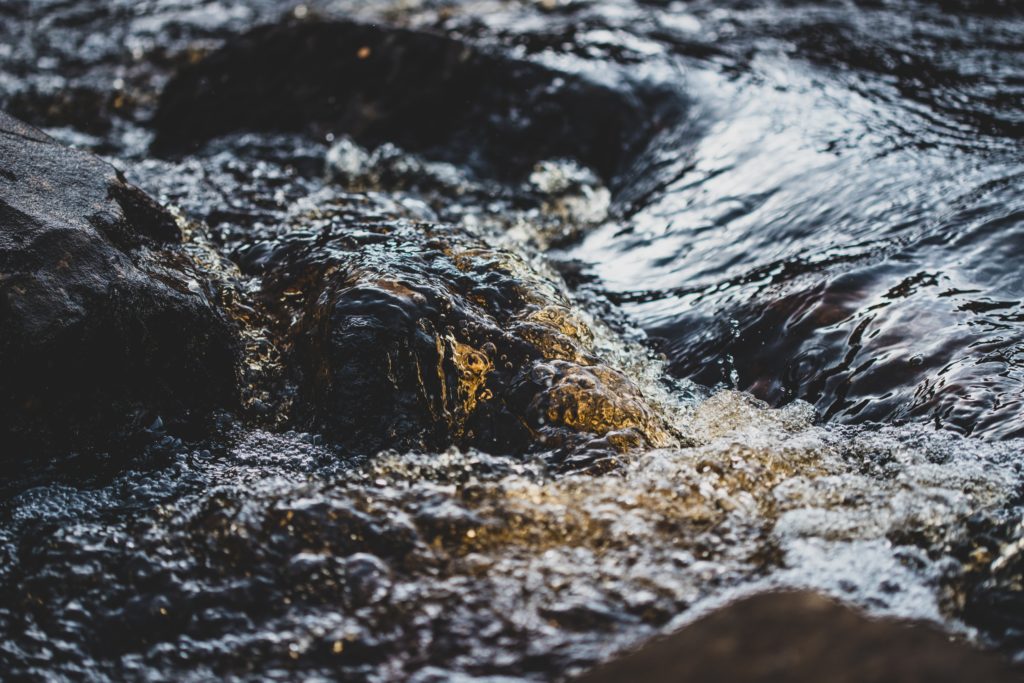Over the years residents living in Kuils River have expressed concern about sewage from a nearby waste water treatment plant flowing into the river, which poses a danger not only to locals’ health but to the environmental condition of the area.
Researchers are of the opinion that the health consequences of the river contamination are becoming more severe; reports have shown people suffering from E.coli poisoning as a result and animals suffering from deformities.
University of Cape Town’s deputy director of Environmental Humanities South, Professor Lesley Green, is disconcerted by the impact of the near ancient Zandvleit wastewater treatment works with the Daily Maverick, calling it “apocalyptic”.
In an op-ed published on Daily Maverick, Green and four other local and international researchers write that “the citizens of Zandvlei along the Kuils River below the discharge point are suffering an array of medical complaints so severe that they have resulted in surgical interventions”.
In one of the worst cases, researchers found a case of a Zandvlei horse which gave birth to a foal without back legs. Water samples from the Kuils River sent to the South African Bureau of Standards for testing on November 22 revealed E.coli levels of between 200 and 36,000 per 100ml. Levels are considered acceptable at around 80 per 100ml.
The City of Cape Town previously claimed that the Zandvliet facility only discharges treated effluent. Researchers say they have observed the wastewater treatment works discharging “millions of litres of what we observed to be raw, unfiltered sewage into the Kuils River”.
Human waste from illegal settlements has also proven to be a problem as the substances flushed down toilets often interfere with the free flow of sewage. Researchers state, however, that this is not the only cause of the area’s problems.
Researchers are of the opinion that rapid population growth is also contributing to the problem, with outdated technology not keeping up with the sheer numbers, and that the City could have done something about it long ago.
“They are relying on old [waste water treatment] plants designed to treat a population which was much smaller. The old plants are designed with technology that was available 20, 30 years ago,” says Professor Leslie Petrik, of the University of the Western Cape’s chemistry department.
Zandvliet plant was built before many of the new chemicals which currently flood sewage systems were introduced. Because of this, it is incapable of adequately breaking them down so they wash out into the ocean and contaminate marine life too. Traces of pharmaceutical products, pesticides and coffee have been found in marine life.
Plants in Cape Town are in dire need of upgrading their systems to properly deal with effluents.
Petrik says, “A third of the City’s sewage goes into the ocean untreated except for being filtered through a 3mm sieve. Sewage from Salt River all the way to Hout Bay, including the Atlantic Seaboard, is not being treated. They want to keep the city pristine to attract tourists, but if they keep dumping sewage into the ocean nobody will want to be here.”
Plans to upgrade the Zandvliet facility have been in the pipeline for some time, but there have been delays due to problems with the tender process.
The City is now sampling water from the Kuils River on a weekly basis, and signage has been re-erected to “ensure that all residents are aware that the river is not safe for swimming or drinking”, according to Mayco member for waste and water services, councillor Xanthea Limberg. The City is also undertaking a health survey to investigate community concerns.
No matter what lies ahead for the community of Kuils River, a great deal of damage has been caused due to outdated technology and it may be too late to ever undo the damage caused to the residents and the environment.
Picture: Unsplash






